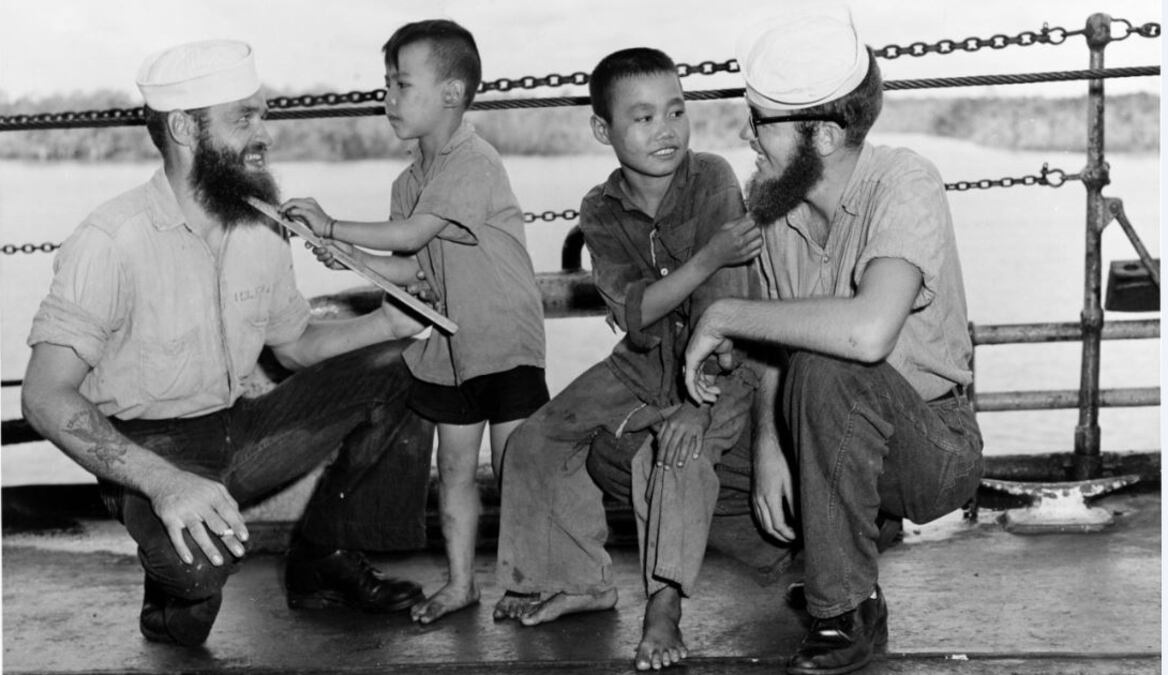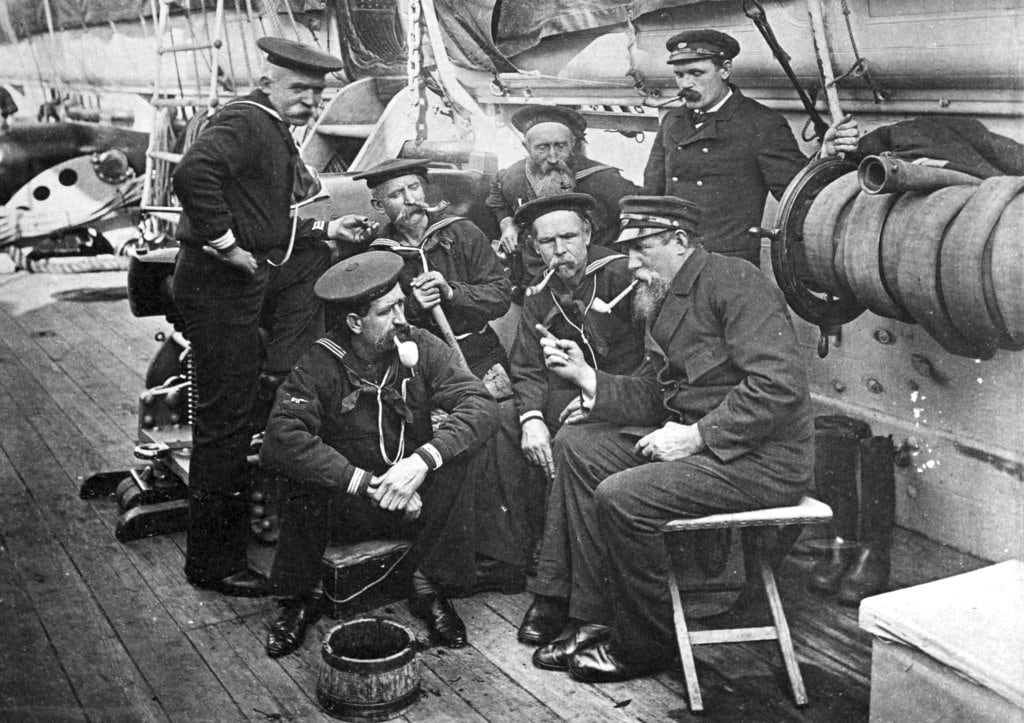The Navy’s top personnel officer held out a faint glimmer of hope for many male sailors that the sea service might return to its hairy roots and allow them to grow beards, at least while on shore duty when they’re unlikely to battle a shipboard blaze.
“Quite frankly, this has been one that’s about good order and discipline,” said the 59th Chief of Naval Personnel Vice Adm. John B. Nowell Jr. during a Tuesday Facebook live Q&A session with the fleet. "It’s been about uniformity. It’s been about looking sharp. And, again, the Navy — like all the rest of the services — hasn’t gone down that path yet.
“But I’m not saying that we’re not looking at it. And I’m not saying that it’s something that we’re not willing to consider in the future. But that’s kinda where we stand right now.”
Nowell said that when it comes to liberalizing beard standards, “I get it even within my family from service members.”
RELATED

Nowell’s latest public comments come amid his controversial October shift in Navy policy that scrapped permanent no-shave chits, waivers that allowed some sailors who suffer from Pseudofolliculitis Barbae — a common condition often called “razor bumps” — to grow out their scruff throughout a career.
It occurs frequently among men who have curly hair that grows back into the skin, but it disproportionately affects African-American men. Possibly three out of every five of them will suffer from razor bumps, according to the American Osteopathic College of Dermatology.
About 6,000 sailors are seen annually for the condition, but officials can’t say how many have received permanent no-shave chits.
A question submitted by an unnamed sailor asked Nowell why he wasn’t allowed to grow a beard while on shore duty, especially since recent grooming reforms have freed female shipmates to sport ponytails.
“This is something we’ve looked and and we continue to look at it,” said Nowell, a career surface warfare officer. "When we’re talking about afloat, I think we get very little disagreement. I think this is about risk to mission and risk to force.
"This is about keeping you safe and keeping your shipmates safe and keeping your ship — or wherever you are, whatever team you’re in — and the (Naval) Safety Center has done two surveys and actually in-depth studies here over the last couple of years, the most recent being last year. It came out in December.
“And the bottom line is that any amount of facial growth, of hair growth, will impede the seal of your oxygen breathing apparatus when either fighting fires or for a gas mask. So we get very little push back on that at sea.”
But that’s not exactly what happened.
According to the Naval Safety Center, its officials have conducted two reviews of the issue since 2016, the second dated Oct. 22, 2018. For that, they contacted the major manufacturers of respirators, each of which “stated they have not changed their policy on respirator usage in that all positive/negative pressure respirators require clean, smooth faces in order to have a seal.”
Naval Safety Center records themselves reveal only one event 26 years ago in which a beard played a role in a mishap.
In that “Class C” incident — which today means an accident incurring damages of more than $50,000 but less than $500,000 and/ or a nonfatal injury causing more than one day’s absence from work — a civilian employee tried to douse smoldering insulation at Puget Sound Naval Shipyard in Bremerton, Washington, and was overcome by smoke.
Under Nowell’s new shaving policy, afflicted sailors are required to seek medical attention that’s likely to feature creams and other treatments, perhaps even laser surgery, to beat the bumps.
“This issue is, we’re not going to kick anybody out,” Nowell promised. “Anybody who works with us on this, we’re going to make sure that we keep you in the Navy and we’re going to try to get that condition treated.
"We just didn’t want permanent no-shave chits because that wasn’t safe for sailors and that wasn’t safe for your shipmates.”

Nowell’s top enlisted adviser, Fleet Master Chief Wes Koshoffer, told the Facebook audience that it’s “logical” for seagoing sailors to be required to shave and he checked out firefighter blogs and federal Occupational Safety and Health Administration standards “just to make sure we weren’t off on an island by ourselves.”
But Koshoffer conceded that for ashore shipmates the argument becomes “much more challenging.” The career submariner said that officials are getting feedback from sailors and senior leaders “and it’s not a dead issue.”
Sternly crossing his arms, Nowell then looked into the camera and confided that it “drives me crazy when a sailor says, ‘You gave women ponytails and different fingernail polish, why won’t you give me a beard?’
“That’s not the argument to use with me to go ahead and start that discussion. You don’t have to use that argument with me. It’s not a quid pro quo, OK?”
Nowell said issues such as grooming standards, uniforms and similar issues are bounced off a bimonthly focus group that’s open to all hands. It helps Navy leaders figure out how to adapt feedback “to make changes that makes sense” deliberately and quickly, he added.
“We know that you’re tired of uniform change after uniform change,” Nowell said before vowing to adopt only commonsense sea bag reforms in the future.




